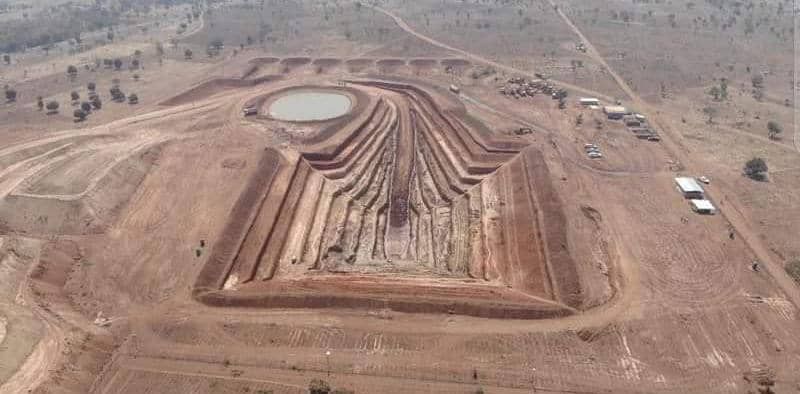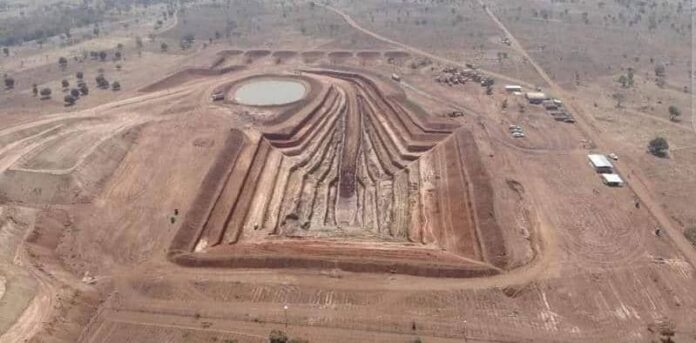By Burnett Munthali
Malawi’s mining sector is poised for a major transformation with the emergence of the Kasiya Rutile and Graphite Project in Lilongwe.
This groundbreaking development centers around what is now recognized as the world’s largest known natural rutile deposit.
The project has instantly placed Malawi on the global mining map, attracting international attention and investment interest.
Rutile, a titanium dioxide mineral, is a critical component in the production of pigments, titanium metal, and welding electrodes.

Its increasing global demand, particularly in aerospace, automotive, and industrial sectors, makes the Kasiya discovery a potentially game-changing resource for Malawi.
Graphite, another resource included in the project, is equally valuable due to its wide application in batteries, lubricants, and renewable energy technologies.
With global industries shifting toward clean energy and electric vehicles, graphite has become an essential material, and Malawi stands to benefit enormously.
The Kasiya Project is being spearheaded by Sovereign Metals Limited, an Australian-based company that has been conducting extensive exploration and feasibility studies in the area.
Initial assessments have confirmed the presence of high-grade rutile and graphite deposits, with low levels of impurities—making the resources highly desirable on the global market.
The location of the deposit in Lilongwe District adds a logistical advantage, as it is situated near critical transport corridors and export infrastructure.
This proximity to transport routes will likely reduce operational costs and increase the project’s overall viability.
Economic experts in Malawi have hailed the discovery as a “golden opportunity” for the country’s economic diversification.
Currently heavily reliant on agriculture, Malawi has long sought ways to expand its economic base, and mining has often been viewed as a viable path.
The Kasiya Project could serve as a cornerstone of Malawi’s ambitions to develop a sustainable and competitive mining sector.
The government has already indicated its commitment to creating a conducive environment for mining investment through regulatory reforms and infrastructure development.
If managed transparently and efficiently, the Kasiya Project has the potential to create thousands of jobs, stimulate local business ecosystems, and boost government revenue through royalties and taxes.
However, some stakeholders have also called for careful environmental and community impact assessments to ensure that the project benefits are not overshadowed by social or ecological costs.
Community leaders in the surrounding areas have expressed cautious optimism, welcoming the project’s potential for economic empowerment while urging inclusive consultation and fair compensation for affected populations.
As global eyes turn to Malawi, the success of the Kasiya Project could redefine the nation’s position in the international minerals market.
This venture is more than just a mining project—it represents a bold step into the future for a country eager to harness its natural wealth for inclusive development.
With strategic planning, strong governance, and responsible mining practices, Kasiya could be the key that unlocks Malawi’s long-anticipated mineral potential.
The road ahead may be complex, but one thing is certain: Malawi’s mining narrative has changed forever.
And it all begins at Kasiya.



